
Credit: Martin Fowler / Alamy Stock Photo
Where to find candlesnuff fungus
It is very common in the UK and grows in groups on dead wood, especially on rotting stumps of broadleaved trees. It is often found growing through moss.
Pallid, petite, a tumour-fighter. Candlesnuff fungi may be small but they are a medical force to be reckoned with. They contain both anti-viral properties and compounds that are active against some human carcinomas.
Common names: candlesnuff fungus, stag’s horn fungus, candlestick fungus, carbon antlers
Scientific name: Xylaria hypoxylon
Family: Xylariaceae
Fruiting season: fruits all year round, especially during autumn and winter
Habitat: deadwood of broadleaved trees and moss
Growing to a height of 6cm, candlesnuff fungus looks like a snuffed-out candle wick. It has a black base, grey mid-section and white tip.
Fruit body/spores: stick-like and erect, with a white and powdery tip and a black and hairy base. Spores are black, smooth and bean-shaped.
Not to be confused with: beechmast candlesnuff (Xylaria carpophyla), which is much thinner.

Credit: Martin Fowler / Alamy Stock Photo
It is very common in the UK and grows in groups on dead wood, especially on rotting stumps of broadleaved trees. It is often found growing through moss.
This fungus has medicinal properties; it is both anti-viral and active against tumours. Although it is not poisonous, it is too small and tough to eat.
The powdery substance seen on the upper branches in spring is made up of asexual spores. Sexual spores are produced later in the season, which gives the fungus two chances to reproduce.

Hanako Shimada • 19 Feb 2025
Your guide to 8 of the most poisonous mushrooms in the UK, including the terrifyingly named deathcap, destroying angel and funeral bell. Find out where they grow, how to identify them and why you should steer clear!
Unearth the facts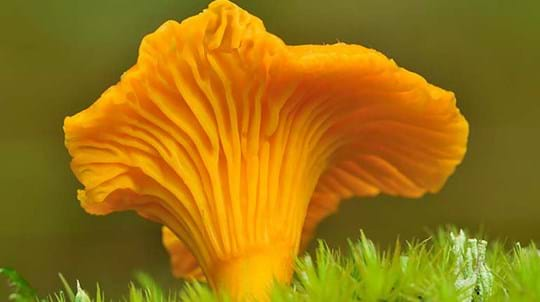
Trees woods and wildlife
A dazzling array of shapes, sizes and colours. Find out about fungi and lichens, from ancient taboos to magic and medicine.
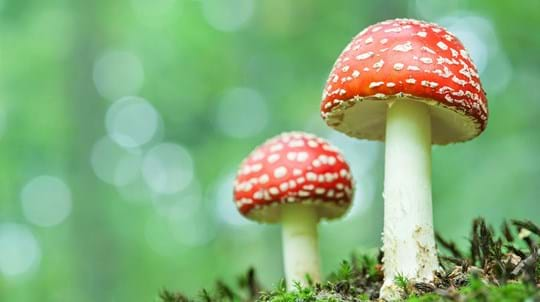
Blog
Helen Keating • 31 Aug 2017
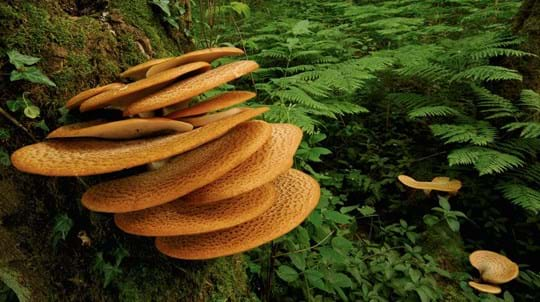
Blog
Amy Lewis • 21 Oct 2021
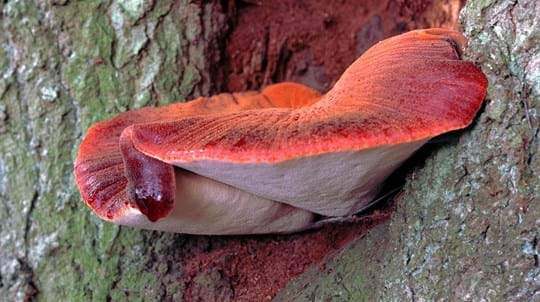
Blog
Helen Keating • 29 Oct 2018
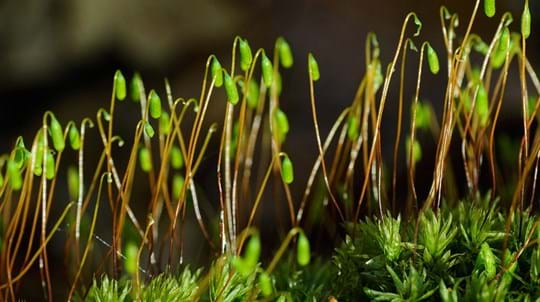
Trees woods and wildlife
Ancient and damp, mosses are part of a group of plants known as bryophytes. There are over 1,000 in the UK, and some have global significance.
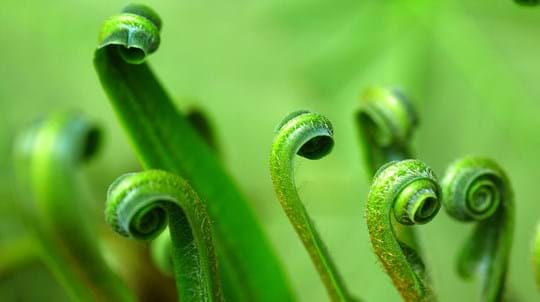
Trees woods and wildlife
Lush, ancient and primitive. Find out more about the UK's shade-tolerant woodland ferns.

Journal
PDF (1.58 MB)
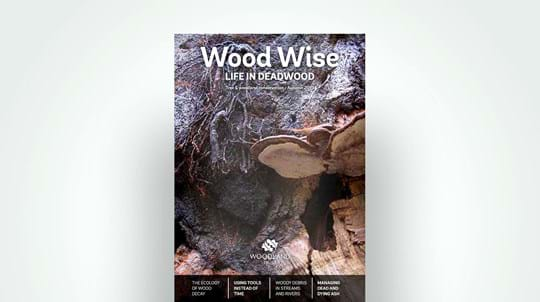
Journal
PDF (4.01 MB)